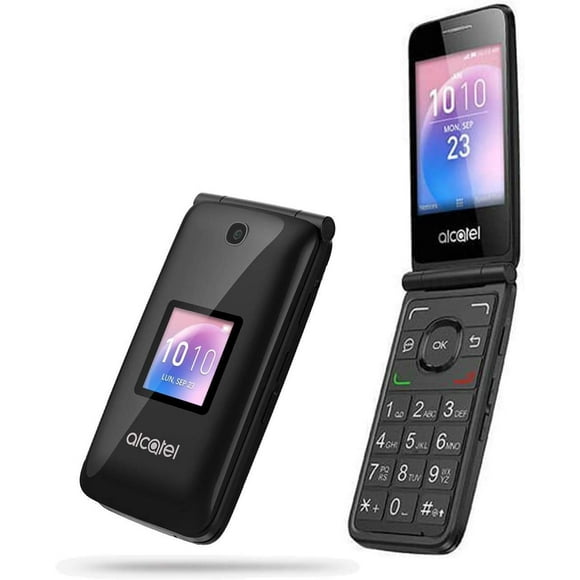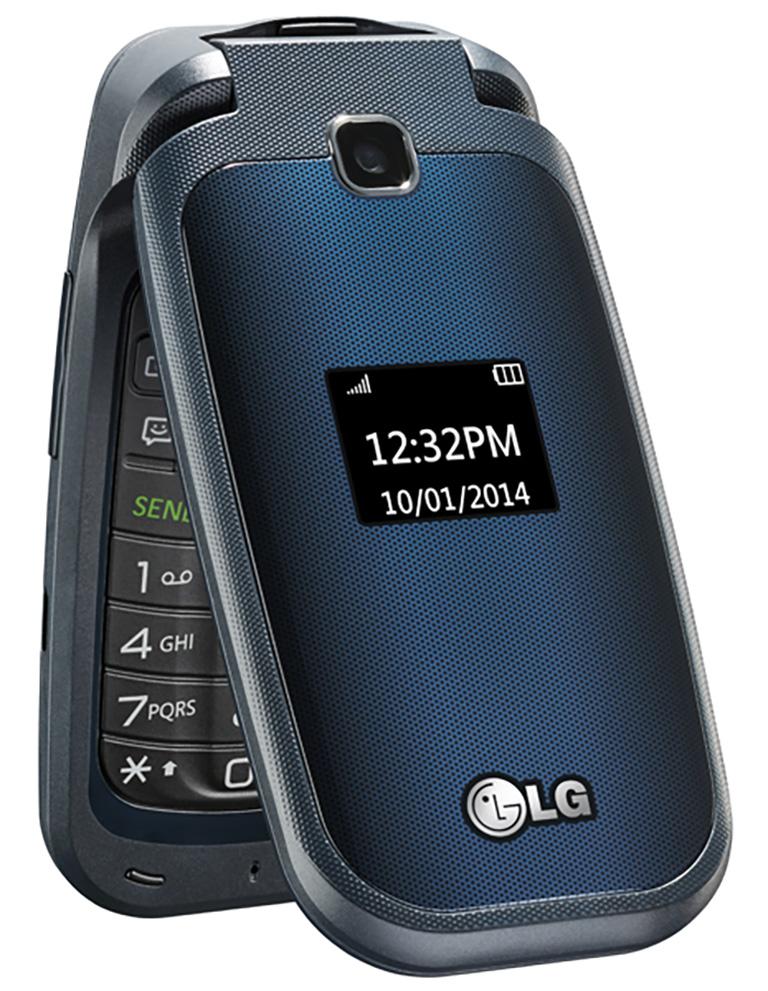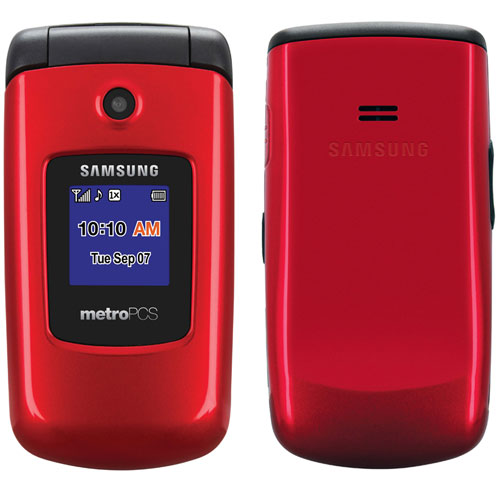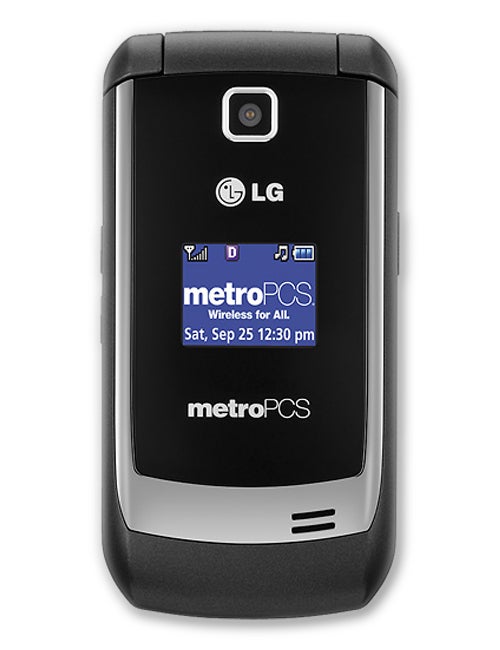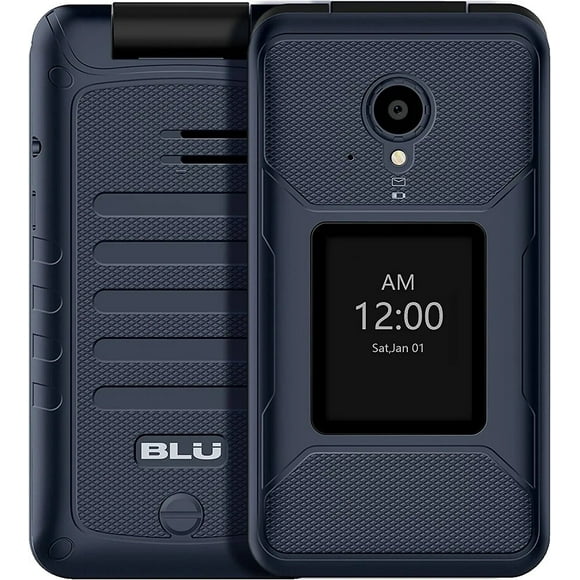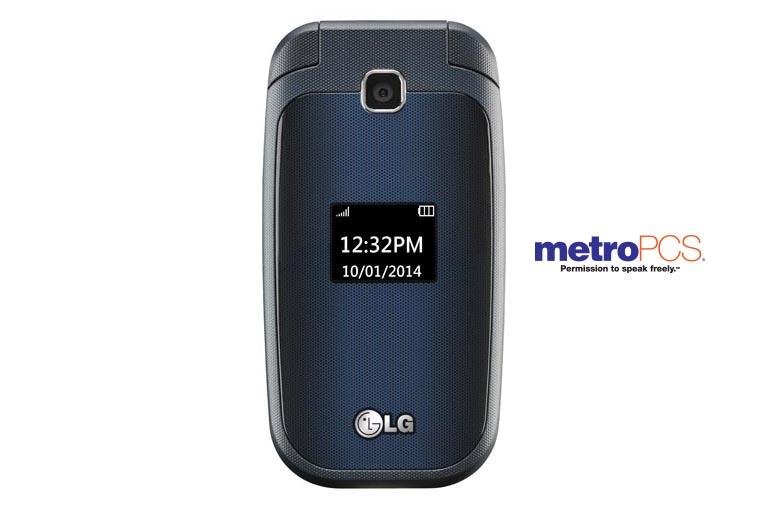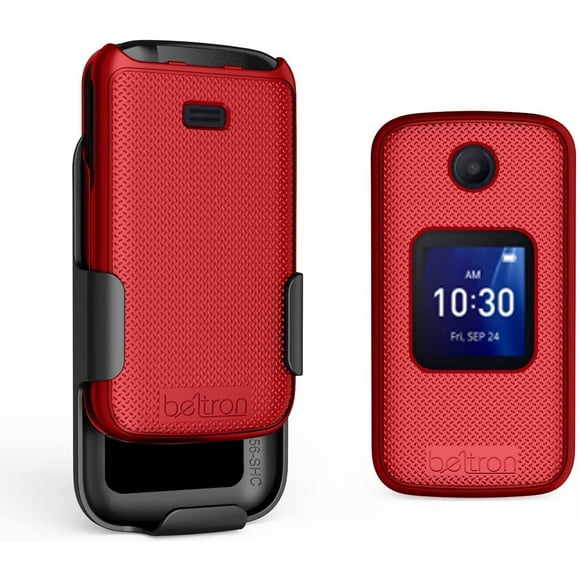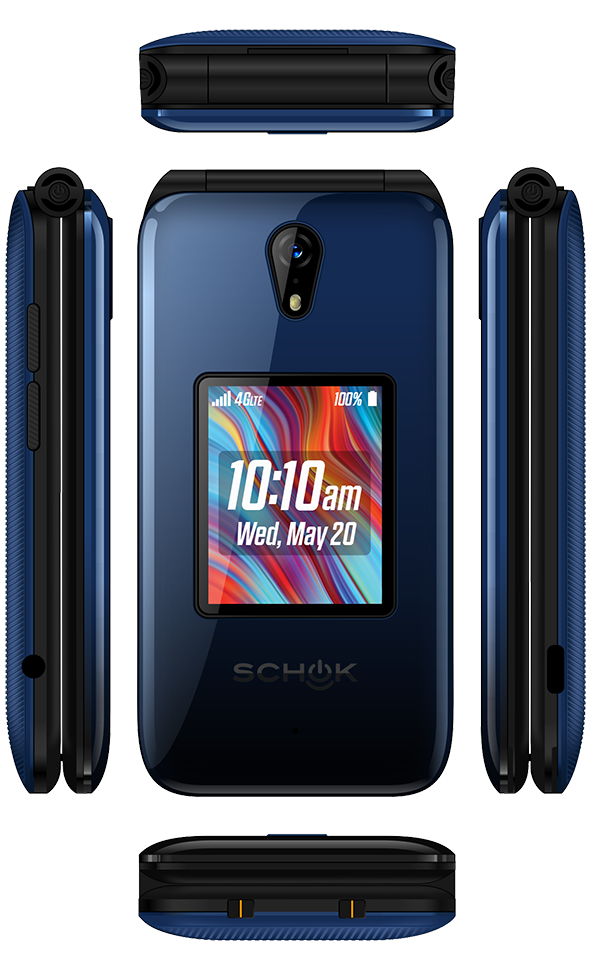Flip Phones Compatible With Metropcs
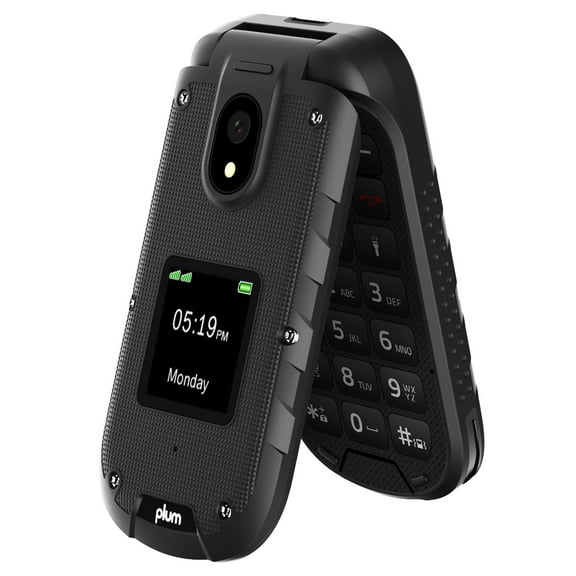
The resurgence of flip phones, driven by nostalgia and a desire for simpler technology, presents a challenge for consumers seeking compatibility with modern cellular networks. While smartphones dominate the market, a growing segment yearns for the straightforward functionality of these classic devices, leading to questions about their viability on networks like MetroPCS (now Metro by T-Mobile).
The compatibility of flip phones with Metro by T-Mobile hinges on several factors, primarily the network technology supported by both the phone and the carrier. As Metro by T-Mobile phases out older network technologies, the ability to use older flip phones becomes increasingly limited.
Understanding Network Compatibility
The crucial element determining flip phone compatibility lies in the network technology it supports. Metro by T-Mobile, like other major carriers, has been actively decommissioning its 3G network to free up bandwidth for faster 4G LTE and 5G services.
Consequently, flip phones relying solely on 2G or 3G connectivity will no longer function on the Metro by T-Mobile network. This transition has significant implications for users attached to their older devices.
4G LTE and VoLTE Requirements
To function on Metro by T-Mobile, a flip phone must support 4G LTE connectivity. Furthermore, it needs to be compatible with VoLTE (Voice over LTE), which allows voice calls to be made over the 4G LTE network.
Without VoLTE support, even a 4G LTE-capable flip phone will be unable to make or receive calls on the network. Many older flip phones lack this crucial feature.
Metro by T-Mobile's Stance and Device Options
Metro by T-Mobile has officially stated its commitment to providing network access to a variety of devices, but also emphasizes the need for devices to meet minimum technological requirements. This includes supporting the necessary 4G LTE bands and VoLTE capabilities.
The carrier offers a selection of flip phones that are guaranteed to work on its network. These phones are typically newer models specifically designed to meet these requirements.
"We are committed to providing our customers with a reliable and advanced network experience," a Metro by T-Mobile spokesperson stated. "This requires devices to be compatible with our current network technology."
Finding Compatible Devices
Consumers interested in using a flip phone on Metro by T-Mobile should carefully research device specifications. Look for models that explicitly state compatibility with 4G LTE and VoLTE on T-Mobile's network, as Metro by T-Mobile operates on T-Mobile's infrastructure.
Checking the IMEI (International Mobile Equipment Identity) of a potential device on Metro by T-Mobile's website can also confirm compatibility before purchase. This is a crucial step to avoid purchasing a device that will not function on the network.
The Broader Market and Future Trends
The demand for simpler mobile devices, like flip phones, continues to exist, albeit in a niche market. This demand is fueled by individuals seeking to disconnect from the constant distractions of smartphones and prioritize basic communication functionalities.
Manufacturers are responding to this demand by producing updated flip phone models that incorporate 4G LTE and VoLTE capabilities. These models often offer a blend of classic design and modern technology.
As network technology continues to evolve, the challenge for flip phone manufacturers will be to keep pace with these changes. Ensuring compatibility with the latest network standards is essential for the continued viability of these devices.
While using older flip phones on Metro by T-Mobile is increasingly difficult due to the network technology phase-out, newer 4G LTE-enabled models offer a viable solution for those seeking a simpler mobile experience. Carefully researching device specifications and confirming compatibility with the carrier's network are crucial steps for ensuring a seamless transition.

